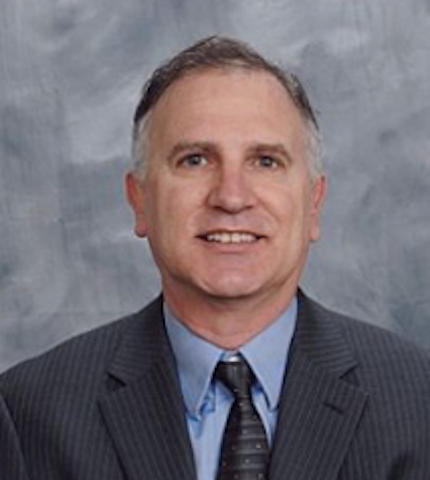 At this year’s HIMSS conference, interoperability was again one of the hottest topics of discussion. Interoperability was even a featured showcase at the HIMSS Interoperability Showcase. Yet the lack of interoperability in HealthIT remains. "HealthIT is not unique in its interoperability woes and other industries, including the automotive industry, are still struggling with associated safety issues."
At this year’s HIMSS conference, interoperability was again one of the hottest topics of discussion. Interoperability was even a featured showcase at the HIMSS Interoperability Showcase. Yet the lack of interoperability in HealthIT remains. "HealthIT is not unique in its interoperability woes and other industries, including the automotive industry, are still struggling with associated safety issues."
HIMSS conference
See the following -
Car Crashes, Auto Bumpers, and HealthIT Interoperability
- Login to post comments
HIMSS18: Key Exhibitor Booths for Open Solutions, Collaboration, and Interoperability
 The annual gargantuan HIMSS conference is back at Las Vegas with over 40,000 participants, over a thousand exhibitors, and more than 600 presentations. As we saw last year in Orlando, more than half of the conference presentations are focused on applications based on open source such as FHIR and Blockchain, and a great emphasis on open solutions for interoperability. With so many presentations and exhibits, it is impossible to provide a full overview. Below are a few of some of the most interesting exhibits of open solutions this year.
The annual gargantuan HIMSS conference is back at Las Vegas with over 40,000 participants, over a thousand exhibitors, and more than 600 presentations. As we saw last year in Orlando, more than half of the conference presentations are focused on applications based on open source such as FHIR and Blockchain, and a great emphasis on open solutions for interoperability. With so many presentations and exhibits, it is impossible to provide a full overview. Below are a few of some of the most interesting exhibits of open solutions this year.
- The Future Is Open
- Login to post comments
Navigating between Heavy-weight and Light-weight Standardization
 Andy Oram
Andy Oram
FHIR is large and far-reaching but deliberately open-ended. Many details are expected tovary from country to country and industry to industry, and thus are left up to extensions that various players will design later. It is precisely in the extensions that the risk lurks of reproducing the Tower of Babel that exists in other health care standards. The reason the industry have good hopes for success this time is the unusual way in which the Argonaut project was limited in both time and scope. It was not supposed to cover the entire health field, as standards such as the International Classification of Diseases (ICD) try to do. It would instead harmonize the 90% of cases seen most often in the US. For instance, instead of specifying a standard of 10,000 codes, it might pick out the 500 that the doctor is most likely to see.
- Login to post comments